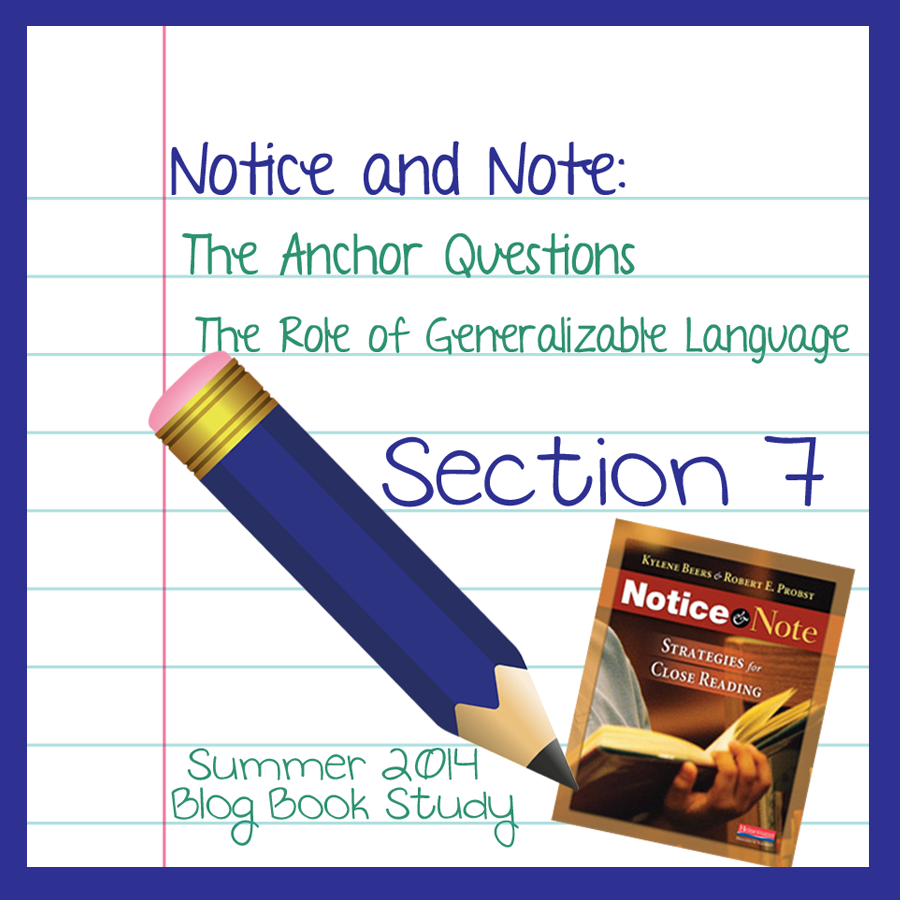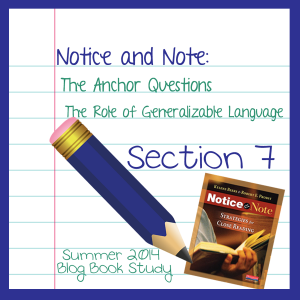The Anchor Questions & The Role of Generalizable Language
These are two of the most important chapters I think, and ones where I have learned the most so far.
Over the past 21 years, I have always tried to make sure that my questions for reading any text were prepared and ready for the students. I always try and make sure that they are quality questions that will engage students in higher-level thinking activities.
My “Aha!” came when I learned how valuable teaching the signposts could be, especially when applying them to other pieces of text. The authors gave a specific example of what a teacher said to her class while reading a piece of text. She asked questions about the character and modeled a think aloud guiding students to how she made a connection to the piece of text. I was like, “Great! I’ve done that.” Those are pretty good questions!
Then, as I kept reading the authors pointed out that by teaching the signposts and asking more general questions about the text, students would develop a deeper understanding and be able to apply those same questions to other pieces of texts that they read in the future. They were still deep questions, that required evidence but also could be applied in many different text and many different situations.
Using generalized language helps us teach the students that we don’t want them to learn just about one text, but be able to apply their thinking to a lot of different texts. It almost made me think of patterns in math. Once the student can identify the pattern, the math is much easier. I think this type of questioning would work in the same way.
This has made me look at questioning in a whole different way. Why ask several specific questions, when one good question will result in a much more powerful and long-lasting result?
Be sure to check back on Thursday for section 8- explaining the signposts.
Happy Reading!!!!
Teach-A-Roo



